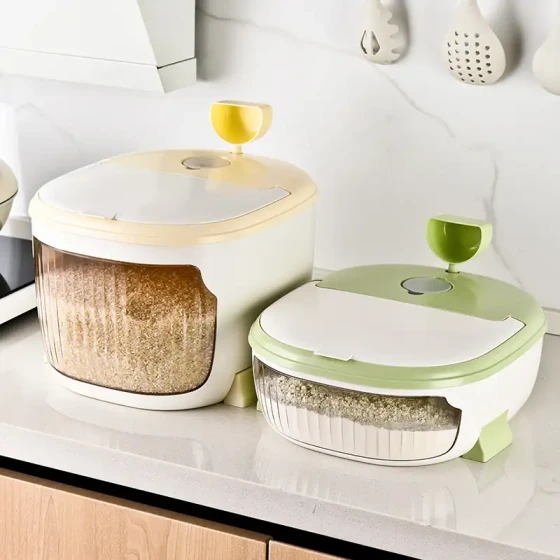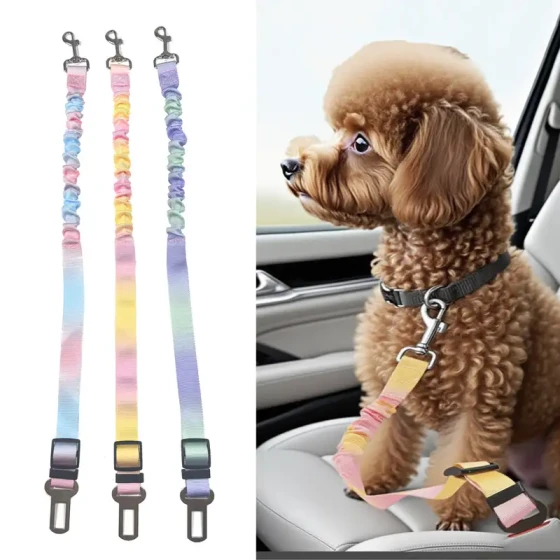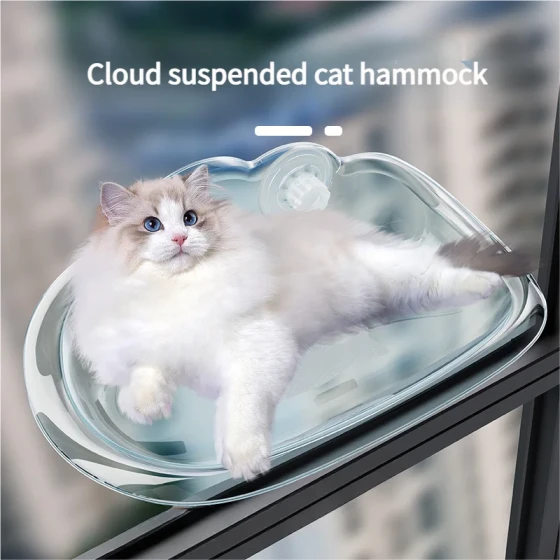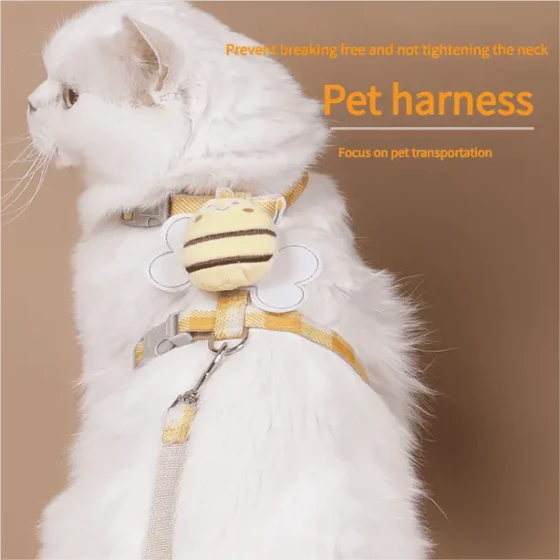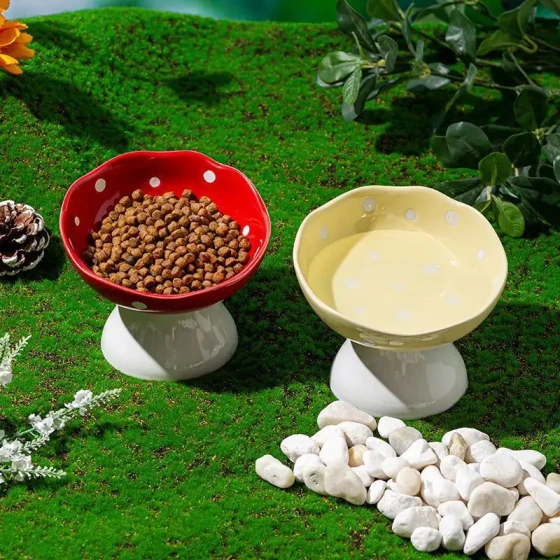What breed is the Ragdoll cat crossed with_Revealing the pedigree and hybrid origins of the Ragdoll cat
The Ragdoll cat, a breed famed as the “fairy cat,” has captured countless cat lovers’ hearts with its sweet appearance, gentle personality, and relaxed posture like a ragdoll. Many wonder how such an artistic cat came to be and what secrets lie hidden in its pedigree.
Simply put, the Ragdoll cat is not a naturally occurring breed but was purposefully bred by humans. It originated in California in the 1960s, carefully developed by a breeder named Ann Baker. Although there are various claims about the exact hybrid parents of the Ragdoll, it is widely believed that the breed’s birth is closely connected to a white long-haired house cat named Josephine.
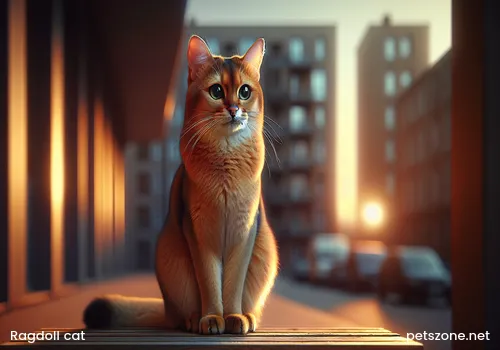
Revealing the Pedigree and Hybrid Origins of the Ragdoll Cat
The origin story of the Ragdoll cat has some legendary aspects. It is said that the protagonist Josephine was a non-purebred white long-haired cat with a somewhat independent and even wild temperament. However, after being injured in a car accident and receiving treatment, Josephine’s personality changed significantly, becoming unusually docile and affectionate. Ann Baker noticed that Josephine’s offspring also inherited this gentle trait and decided to use these cats for selective breeding, aiming to develop a large-bodied, good-tempered, and beautifully coated cat.
During the early breeding of Ragdolls, Ann Baker crossbred Josephine’s descendants with other cats. While the specific hybrid partners remain controversial, different sources and speculations suggest breeds such as the Birman cat, Burmese cat, Persian cat, or Turkish Angora cat—all long-haired breeds. For example, some records mention Josephine mating with a male cat resembling a Burmese or a Birman, producing one of the foundational Ragdolls, Daddy Warbucks. Another key foundational cat was Buckwheat, described as a black thick-haired female similar to a Burmese, daughter of Josephine and a black Persian cat named Blackie. Fugianna was the daughter of Josephine and Daddy Warbucks. Modern Ragdolls can trace their lineage back to these foundational cats.
It can be said that Ragdolls were not created by crossing one or two single breeds, but gradually formed under the guidance of breeder Ann Baker by selectively breeding domestic cats and their descendants with specific ideal traits. This process was more like a “gene fusion,” combining the superior genes of different cats to ultimately create the Ragdoll we know today.
Characteristics of Ragdoll Cats: Why Are They So Popular?
The reason Ragdoll cats stand out among many breeds lies in their unique looks and captivating personality.
- Extremely attractive appearance: Ragdolls usually have stunning large blue eyes, one of their hallmark features. Their coats are soft and dense, silky smooth, with main patterns including colorpoint, mitted, bicolor, and van, and colors like seal, blue, chocolate, lilac, red, cream, and more. Particularly, the inverted V-shaped white facial markings on bicolor Ragdolls make them look especially sweet and cute, like a "walking little fairy." Ragdolls are a large cat breed, with males weighing 7-9 kg and females usually around 4.5-7 kg, sturdy in build, giving the impression of a heavy “big ragdoll” when held.
- Gentle and clingy personality: This is the most well-known trait of Ragdolls. They are docile, friendly, non-aggressive, and love interaction with people. Many Ragdolls behave like dogs, following their owners around the house, greeting them at the door, and even enjoy learning simple commands like “fetch.” When picked up, they relax their whole body and flop like a soft ragdoll in your arms, which is why they are named “Ragdoll.” This affectionate nature makes them ideal family pets and companions.
- Easy-to-care coat: Although Ragdolls have long and dense fur, their undercoat is relatively thin and not prone to matting, making grooming relatively simple. Weekly regular brushing is enough to keep their coat shiny and healthy.
Refinement and Promotion of the Ragdoll Breed
The breeding process of Ragdolls was not without challenges. In her early management of the Ragdoll Cat Association (IRCA), Ann Baker imposed strict breeding and sales restrictions and made some bizarre claims, such as Ragdolls being genetically engineered or lacking pain sensation. These practices and statements caused disagreements with some breeders, who left her association to form new Ragdoll clubs aimed at gaining recognition from mainstream cat associations.
Thanks to these breeders’ efforts, the breed standards of Ragdolls gradually improved and were accepted by more cat associations. For example, the Ragdoll was accepted for registration by the Cat Fanciers’ Association (CFA) in 1993 and gained full championship status in 2000. Introduced to the UK in 1981, Ragdolls gradually spread worldwide. Today, they are one of the most popular cat breeds globally and are much loved.
Frequently Asked Questions About Ragdolls
- Which country is the Ragdoll breed from?
The Ragdoll cat originated in the United States. - Why is it called Ragdoll?
Because they relax their whole body and become soft like a ragdoll when picked up. - What color are Ragdoll cats’ eyes?
Purebred Ragdolls have blue eyes. - What coat patterns do Ragdolls have?
Ragdolls’ main coat patterns include colorpoint, mitted, bicolor, and van, with colors such as seal, blue, chocolate, lilac, red, cream, and various combinations. - How long do Ragdoll cats live?
Ragdolls typically live about 12 to 17 years, sometimes reaching 14 to 15 years.
Conclusion
The Ragdoll cat is not naturally born this way, but a product of human wisdom and the pursuit of beauty. They combine the genetic advantages of multiple cats and ultimately form the beloved “fairy cat” we have today. Although some early pedigree details remain a mystery, it does not affect the Ragdoll’s status as a unique and delightful companion animal, continuing to spread its charm worldwide. Owning a Ragdoll is like having a gentle “plush angel” that brings not only visual enjoyment but also comfort to the soul.
